The Splendour of Chalukyan Art and Architecture: Badami, Aihole and Pattadakal
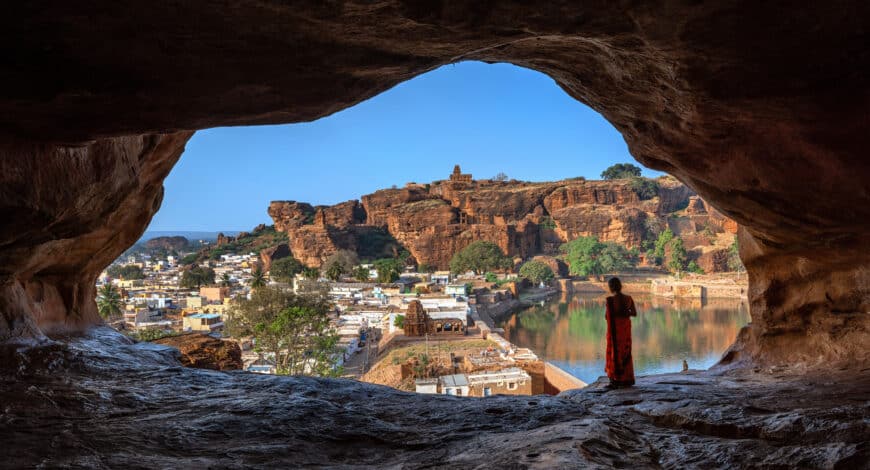
The heartland of the Chalukya, who ruled much of the Deccan and Southern India between the 6th and the 12th centuries, can be found in modern Karnataka. The earliest dynasty, known as the Badami Chalukyas, ruled the western Deccan coastal plain from their capital Vatapi (modern Badami) from c. 540 to 757; their second capital, nearby Pattadakal, became their coronation city. The early Chalukyas benefitted greatly from conquering coastal cities like Elaphanta (on an island in Mumbai harbour) and exploiting their trade networks. After their rise to power, they came into conflict with the Pallavas and Pandyas of Tamil Nadu. Their triumph over these dynasties brought about a critical change in Southern India from smaller kingdoms to a large empire.
The Chalukyas were ardent practitioners of Hinduism, more specifically Shaivism, or followers of Shiva, and to a lesser extent, Vaishnavism, followers of Vishnu. The deities known as the Seven Mothers (such as Shiva, Vishnu, Karikeya, and the Sapta Matrikas) were worshipped, and many temples were built around the region in their dedication. Despite Hinduism’s popularity as the religion of choice by both the Chalukyan royal family and the masses at large, the Chalukyan dynasty was tolerant of other religions and coexisted with followers of Jainist and Buddhist traditions, although Buddhism was becoming less popular in the region.
The Development of Badami Chalukya Architecture
This style evolved in the Malaprabha River basin, in the present-day Bagalkot district of the state of Karnataka, before spreading more widely. The earliest Badami Chalukya temples date back to around 450 in Aihole, when the Badami Chalukyas were vassals of the Kadambas of Banavasi. The Early Chalukya style was perfected in Badami and Pattadakal, both in Karnataka, blending the Nagara (North Indian) and Dravidian (South Indian) styles. This period saw the development of both rock-cut cave temples and structural temples. The cave temples are cut out of the living rock sites they occupy. They were not built as their structural counterparts were but rather created by a special technique known as “subtraction” and are basically sculptural. Though they ruled a vast empire, the Chalukyan workshops concentrated most of their temple-building activity in a relatively small area.
Their temple-building activity can be categorised into three phases. The early phase began in the last quarter of the 6th century and resulted in many cave temples, prominent among which are three elementary cave temples at Aihole followed by four developed cave temples at Badami. The second phase of temple building was also at Aihole and Badami. Though the exact dating of these temples has been debated, there is consensus that the beginnings of these constructions are from c. 600. The structural temples at Pattadakal, built in the 8th century and now a UNESCO World Heritage Site, mark the culmination and mature phase of Badami Chalukyan architecture. The Bhutanatha group of temples at Badami is also from this period.
The Red Sandstone Rock-cut Cave Temples of Badami
The great cave temples near Badami occupy a ravine in the Malaphraba River Valley above an artificial lake called Agastya Lake. Badami cave temples have rock-cut halls with three basic features: pillared veranda, columned hall, and a sanctum (inner sanctuary) cut out deep into rock. Early experiments in rock-cut halls were attempted in Aihole where they built three cave temples, one each in Vedic, Buddhist, and Jaina styles. Later they refined their style and cut out four marvellous cave temples at Badami. One noteworthy feature of these cave temples is the running frieze of Ganas in various amusing postures carved in relief on each plinth. The outside verandas of the cave temples are rather plain, but the inner hall contains rich and prolific sculptural symbolism.
The Badami cave temples are extremely important, as they represent some of the earliest known experiments in Hindu temple design and were critical for the development of Hindu temple design elsewhere in India.
There are 5 important caves in all; the first 4, which are man-made, have been numbered in order of their creation; only cave 3 has an exact date, taken from an inscription (578-579). Caves 1 to 3 are dedicated to Shiva and Vishnu, while Cave 4 features Jain images. Cave 5 was probably originally a Buddhist cave but was converted to become a temple to Vishnu. Caves 1 to 4 have been dug from soft Badami sandstone.
Their plans include a veranda (mukha mandapa) supported by stone columns and brackets leading to a columned mandapa (main hall) and then to the small, square sanctum sanctorum (garbhaghrha) cut deep inside each cave.
Their architecture is in the Nagara and Dravidian styles, which is the first and most persistent architectural idiom to be adopted by the early Chalukyas
The Stone Temple Complex of Aihole
Famously termed the ‘Cradle of Hindu Rock Architecture’, Aihole, which was established in 450 AD, lies to the east of Badami and is the site of around 125 stone temples, the earliest dating from the 6th century. Here, architects experimented with different architectural styles, blended the Nagara and Dravidian styles, and evolved their own distinctive style. The experimentation of the Chalukyan artisans is evident in the variety of relief sculpture. This experimentation in architecture and arts that began in Aihole yielded the group of monuments at Pattadakal, a UNESCO World Heritage Site.
Pattadakal Mallikarjuna, Virupaksha & Other Temples
Pattadakal was the coronation city of the Chalukya dynasty between the 6th and 8th centuries. There are ten 7th- and 8th-century temples at Pattadakal, including a Jain sanctuary. They are situated along the northern shore of a river and are surrounded by numerous small shrines and plinths and fuse various architectural styles of North and South India. Four temples were built in the Chalukya Dravida style and four in the Nagara style of Northern India, while the Papanatha temple is a fusion of the two idioms; it is this blending of styles that makes Pattadakal so significant.
The oldest of these temples is the Sangamesvara Temple, built during the reign of Vijayaditya Satyasraya between 697 and 733. The largest is the Virupaksha Temple (740-745), built by Queen Lokamahadevi and Rani Trilokyamahadevi to mark their husband Vikramaditya II’s victory over Nandivarman, the Pallava king of Kanchipuram; the temple was modelled on the Kailasanatha temple at Kanchipuram. Pattadakal continued to be an important centre under the Rashtrakutas (6th-10th c.). The Sindhas of Yaramabarige (Yelburgi) also ruled it for some time.
The Chalukya dynasty, a powerful force in Deccan India, declined in the 12th century due to a combination of factors, including external invasions, internal strife, and the rise of new powers. Ultimately, the dynasty ended with the defeat of the last Chalukya king, Someshvara IV, by the Seuna (Yadava) kings in 1189. While the Chalukya dynasty ended, its legacy continued through the rise of successor states and its architectural and cultural influence on the Deccan region.
Visit these wonders on our tour Ancient Kingdoms of South India: Forts, Palaces, Temples & Spice Gardens led by Emeritus Professor Bernard Hoffert, former World President of the International Association of Art-UNESCO (1992-95), and explore India’s most important and spectacular Hindu, Jain, Buddhist, Islamic, and Christian monuments, spanning the 2nd century BCE to the 18th century CE.
Or join Bernard on our tour Mughals, Rajputs and Villages: The Cultural Heritage of North India visiting three princely capitals in the heartland of the Mughal Empire – Delhi, Agra and Fatehpur Sikri – and a number of great Rajput fortress cities in Rajasthan and explore the fusion of Hindu and Islamic cultures at Mughal monuments such as Agra’s Red Fort, Shah Jahan’s exquisite Taj Mahal, and Akbar the Great’s Fatehpur Sikri.
View our current selection of programs to India
Article images
Badami Cave Temples, Karnataka, India. Credit: ID 225085196 © Esignn | Dreamstime.com
The ancient temple of Durga in the Aihole village, Karnataka, India. ID 224980177 © Esignn | Dreamstime.com
Historic temple at Pattadakal in Karnataka, India. ID 36303352 © Prillfoto | Dreamstime.com Badami Cave Temples. Photo by C. Wood
Vishnu image inside cave number 3 in Badami by Dineshkannambadi at English Wikipedia, CC BY-SA 3.0 <https://creativecommons.org/licenses/by-sa/3.0>, via Wikimedia Commons
Durga Temple, Aihole, Bagalkot, Karnataka, India. ID 185680326 © Mukulbanerjee | Dreamstime.com
Sangameshwar Temple at Pattadakal temple complex, Karnataka, India. ID 225148532 © Esignn | Dreamstime.com
Temples and shrines at Pattadakal temple complex, Karnataka, India. ID 225148565 © Esignn | Dreamstime.com
These images have been resized for this website.

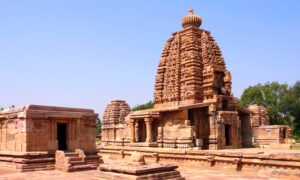
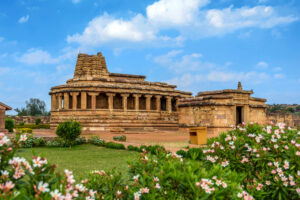
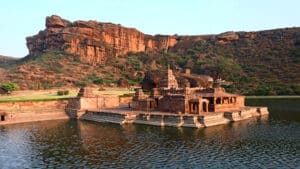
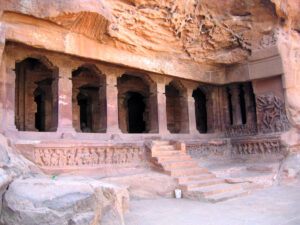
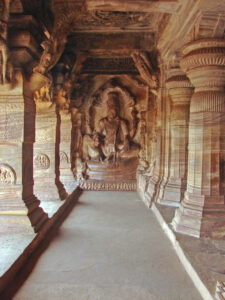

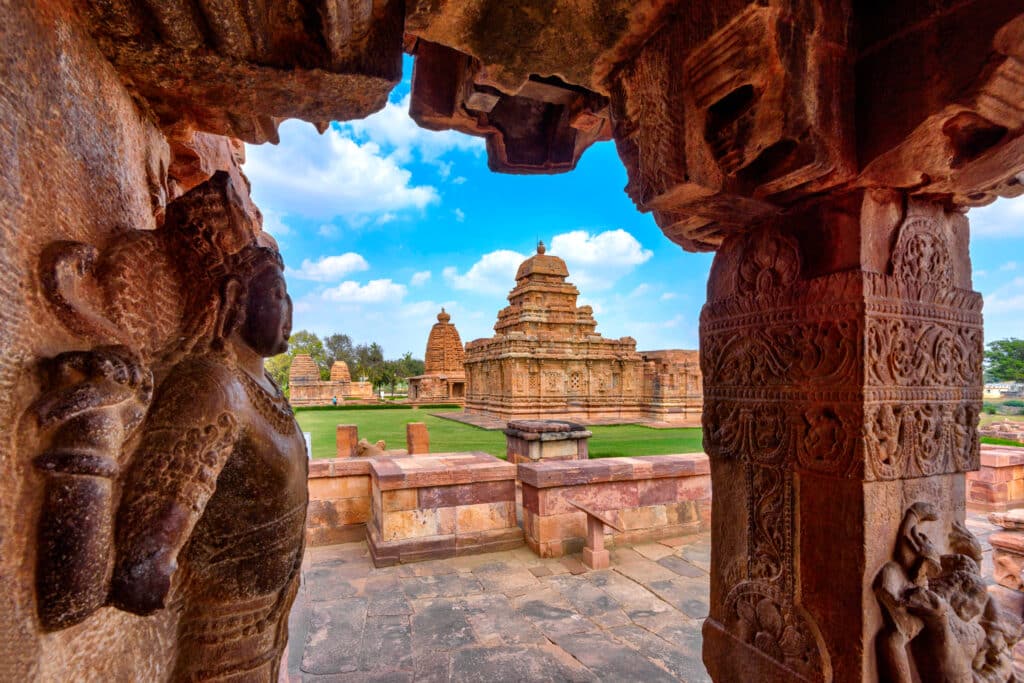

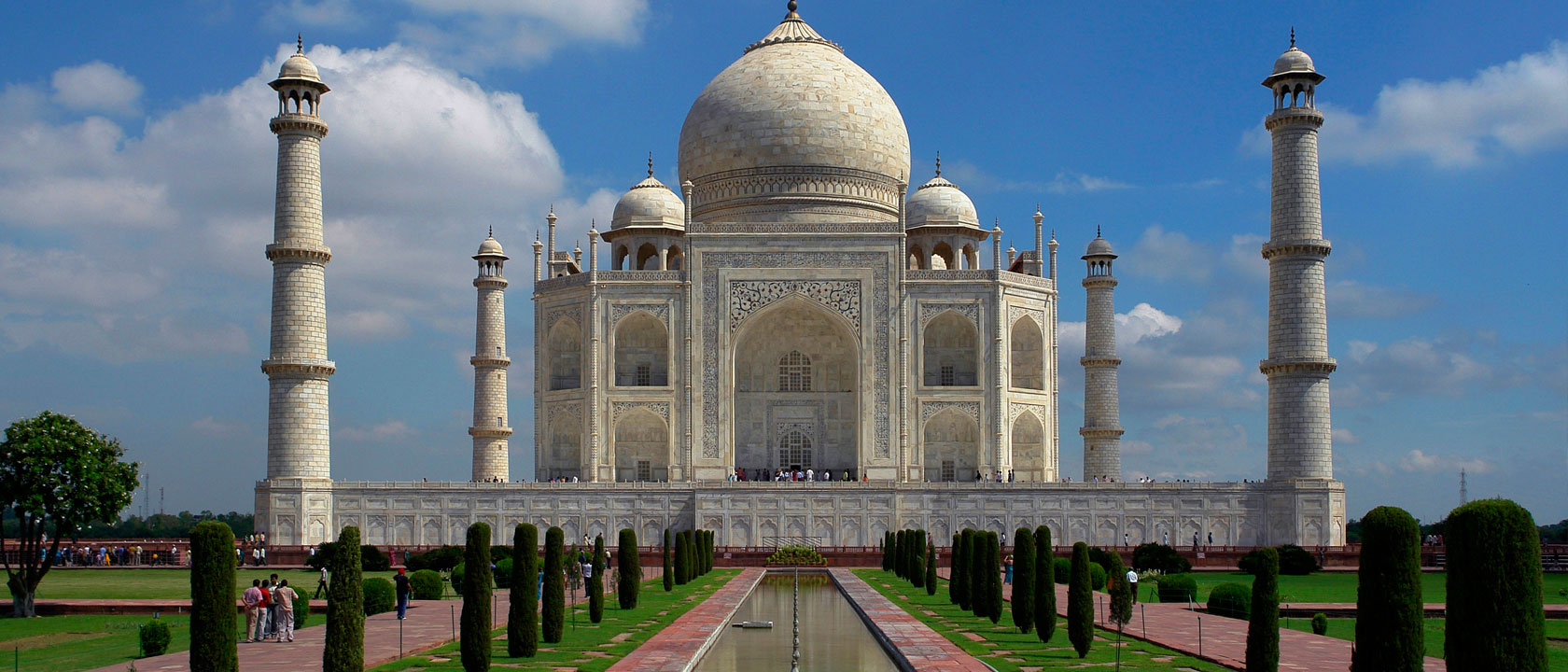 Mughals, Rajputs & Villages: The Cultural Heritage of North India 2026
Mughals, Rajputs & Villages: The Cultural Heritage of North India 2026 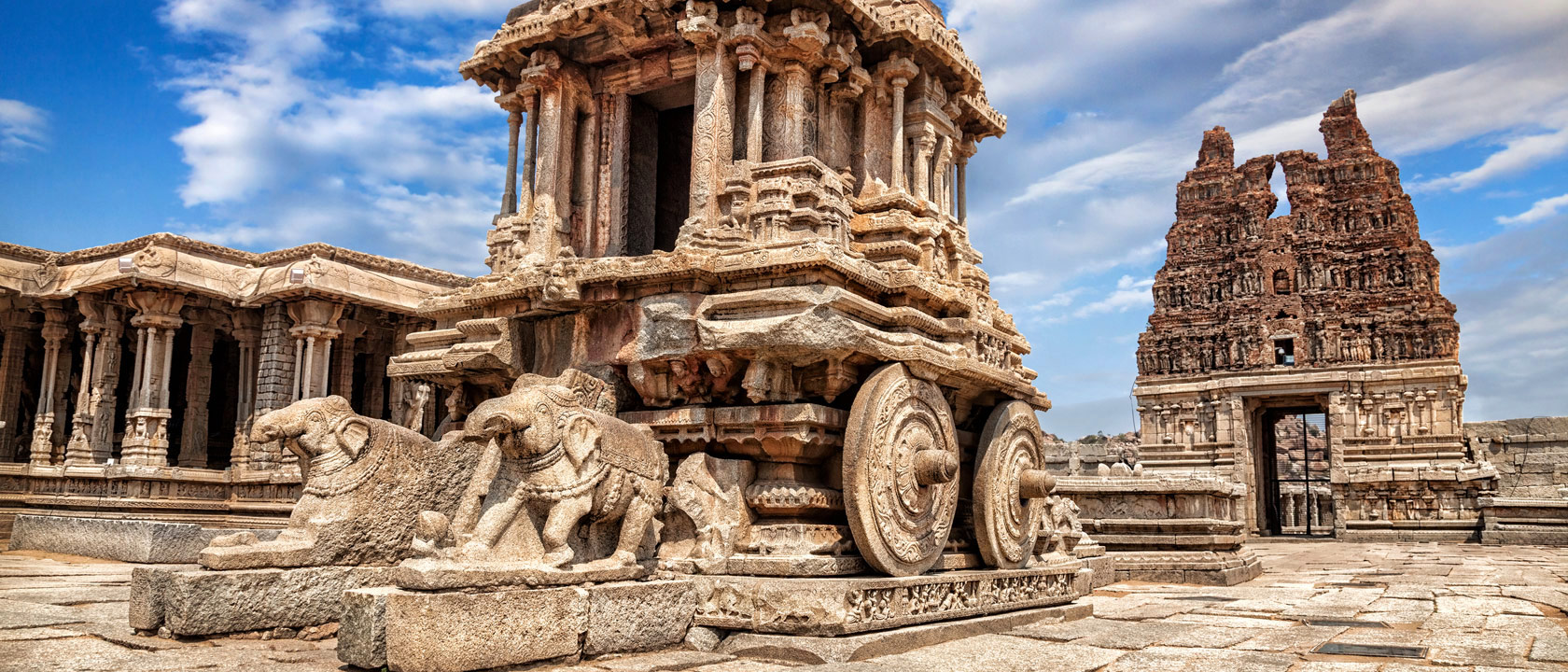 Ancient Kingdoms of South India: Forts, Palaces, Temples & Spice Gardens 2026
Ancient Kingdoms of South India: Forts, Palaces, Temples & Spice Gardens 2026